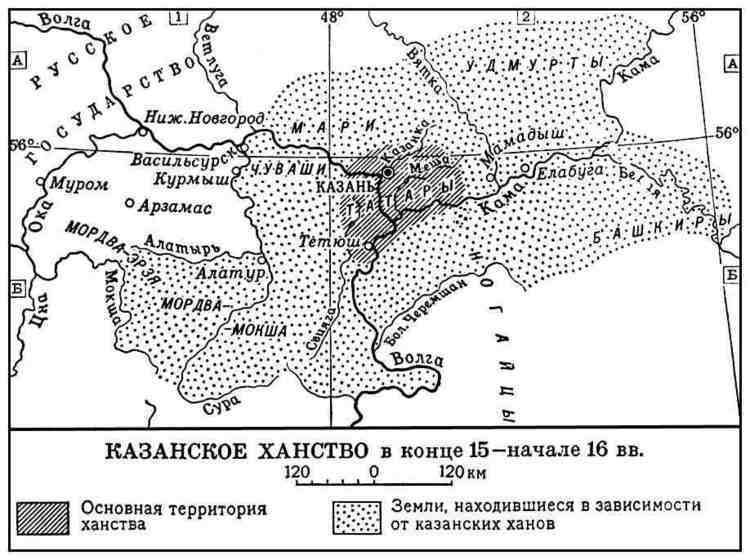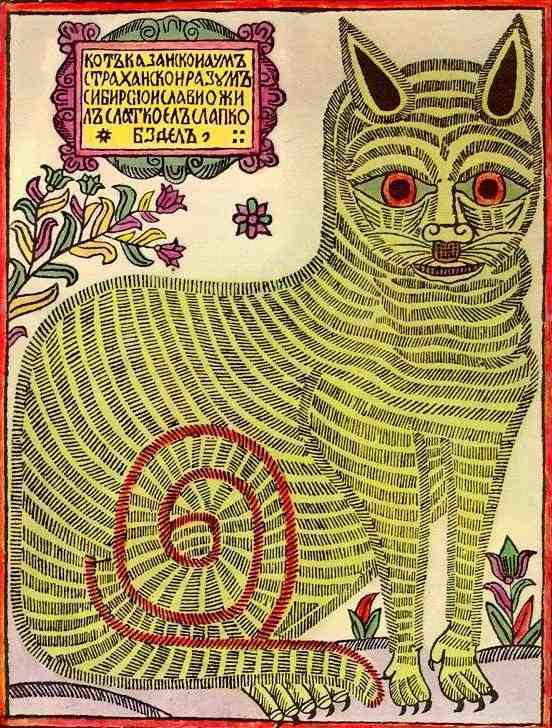Area 515.8 km² Population 1.144 million (2010) | Capital citation needed Founded 1005 (see text) Mayor | |
Points of interest Kazan Kremlin, Temple of All Religions, TatNeft Arena, Marcani Mosque, Soyembika Tower Colleges and Universities Kazan Federal University, Kazan State Medical University, Kazan State Technological University, Russian Islamic University, Kazan Conservatory | ||
Kazan (Russian: ; Tatar Cyrillic: , Latin: ) is the capital and largest city of the Republic of Tatarstan, Russia. With a population of 1,143,535, it is the eighth most populous city in Russia. Kazan lies at the confluence of the Volga and Kazanka Rivers in European Russia.
Contents
- Map of Kazan
- The best moments volleyball belogorie belgorod zenit kazan
- Beautiful mosque kazan tatarstan in russia muslim place of worship
- History
- Economy
- Restaurant owner in kazan decries russias food ban
- 12 02 2013 kazan 2013 to offer best of tatar food
- Russian food but kazan tatar music mp4
- References
Map of Kazan
The Kazan Kremlin is a World Heritage Site. In 2005, the Medal "In Commemoration of the 1000th Anniversary of Kazan" was established by Russia to denote this landmark event. The multi-ethnic city is honored by UNESCO and famous for Muslims and Christians living side-by-side in peace.
The best moments volleyball belogorie belgorod zenit kazan
In April 2009, the Russian Patent Office granted Kazan the right to brand itself as the "Third Capital" of Russia. In 2009 it was chosen as the "Sports capital of Russia" and it still is referred to as such. The city hosted the 2013 Summer Universiade, 2014 World Fencing Championships and will host the 2015 World Aquatics Championships, and 2018 FIFA World Cup.
Beautiful mosque kazan tatarstan in russia muslim place of worship
History

There is a long-running dispute as to whether Kazan was founded by the Volga Bulgars in the early Middle Ages or by the Tatars of the Golden Horde in the mid-15th century, as written records before the latter period are sparse. If there was a Bulgar city on the site, estimates of the date of its foundation range from the early 11th century to the late 13th century (see Iske Qazan). It was a border post between Volga Bulgaria and two Finnic tribes, the Mari and the Udmurt. Another vexatious question is where the citadel was built originally. Archaeological explorations have produced evidence of urban settlement in three parts of the modern city: in the Kremlin; in Bisbalta at the site of the modern Zilantaw monastery; and near the Qaban lake. The oldest of these seems to be the Kremlin.

If Kazan existed in the 11th and 12th centuries, it could have been a stop on a Volga trade route from Scandinavia to Baghdad. It was a trade center, and possibly a major city for Bulgar settlers in the Kazan region, although their capital was further south at the city of Bolgar.
After the Mongols devastated the Bolgar and Bilar areas in the 13th century, either the surviving Bulgars recuperated in numbers and were assimilated by a small number of Kipchaks from whom they adopted their language (a position known as Bulgarism), or Kipchaks and Bulgars intermixed to create the modern Kazan Tatar population. Kazan became a center of a duchy which was a dependency of the Golden Horde. Two centuries later, in the 1430s, Kipchak descendants of Genghis Khan, such as Ghiasetdin of Kazan), usurped power from its Bolghar dynasty.
Some Tatars also went to Lithuania, brought by Vytautas the Great.
In 1438, after the destruction of the Golden Horde, Kazan became the capital of the powerful Khanate of Kazan. The city bazaar, Tas Ayaq (Stone Leg) became the most important trade center in the region, especially for furniture. Craft-based manufacturing also thrived, as the city gained a reputation for its leather and gold goods, as well as for the opulence of its palaces and mosques. The citadel and Bolaq channel were reconstructed, giving the city a strong defensive capacity. The Russians managed to occupy the city briefly several times.
Economy
Kazan is one of the largest industrial and financial centers of Russia, and a leading city of the Volga economic region in construction and accumulated investment. Citys Gross Regional Product had reached 380 billion rubles in 2011.(RUS) ?????? ?????? ?????? ?? ???????????
